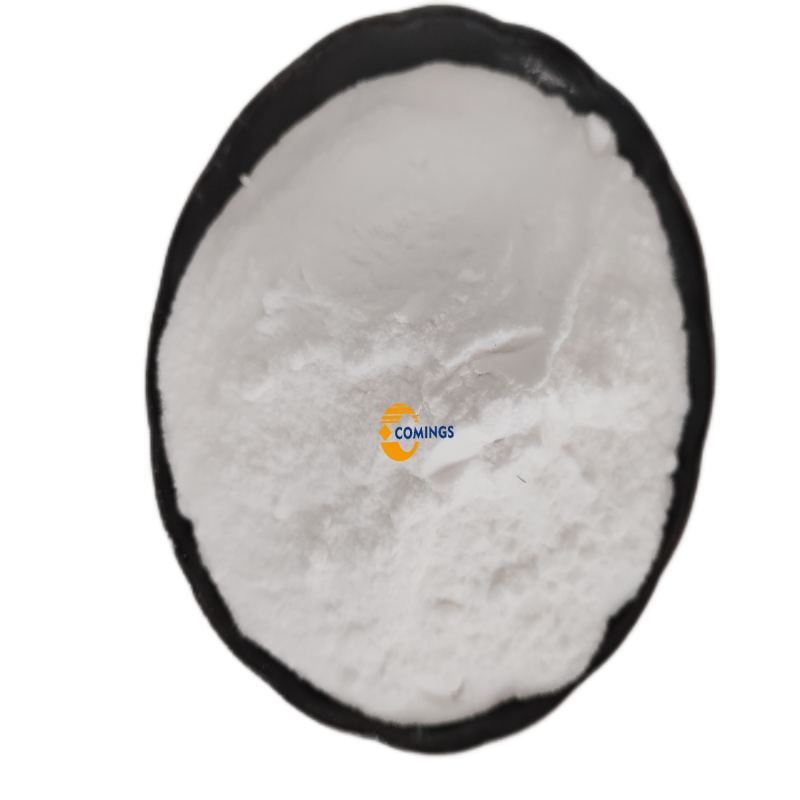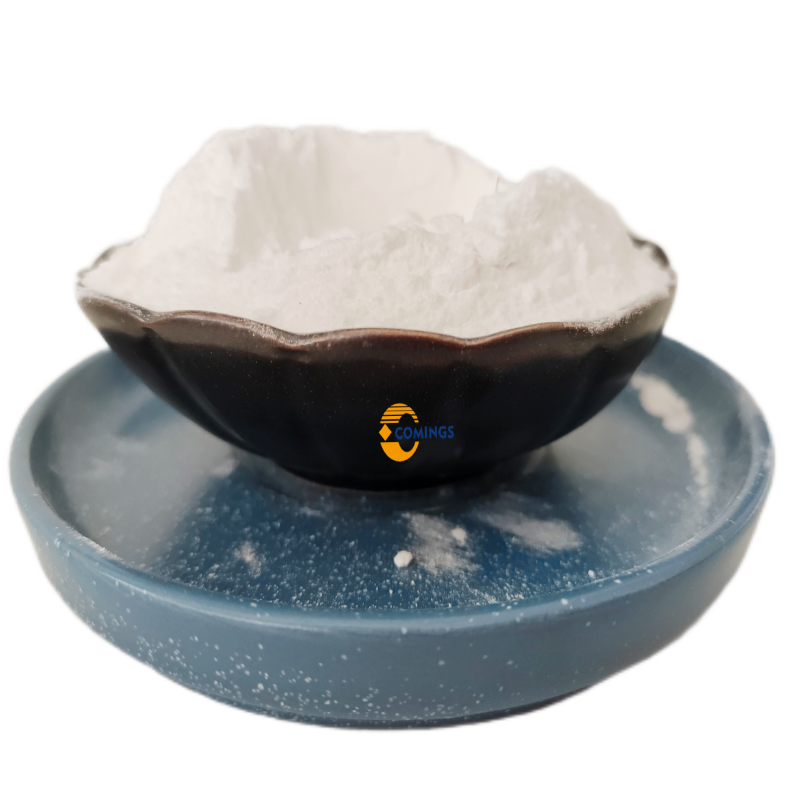-
Categories
-
Pharmaceutical Intermediates
-
Active Pharmaceutical Ingredients
-
Food Additives
- Industrial Coatings
- Agrochemicals
- Dyes and Pigments
- Surfactant
- Flavors and Fragrances
- Chemical Reagents
- Catalyst and Auxiliary
- Natural Products
- Inorganic Chemistry
-
Organic Chemistry
-
Biochemical Engineering
- Analytical Chemistry
-
Cosmetic Ingredient
- Water Treatment Chemical
-
Pharmaceutical Intermediates
Promotion
ECHEMI Mall
Wholesale
Weekly Price
Exhibition
News
-
Trade Service
For a long time, the organization of genomic DNA into definite nucleosomes has been regarded as a sign of eukaryotes
.
This paradigm is influenced by the identification of "minimalist" histones in archaea and the recently discovered genes encoding fusion remote homologs of four eukaryotic histones in the Marseille virus family (a giant virus subfamily that infects amoeba) Challenge
.
On July 22, 2021, University of Colorado Boulder Liu Yang and others published a research paper titled "Virus-encoded histone doublets are essential and form nucleosome-like structures" online in Cell.
The research It proves that the double-linked histone of the virus is very important for the infectivity of the virus.
After the virus is infected, it is located in the cytoplasmic virus "factory" and is finally found in the mature virus particles
.
Despite the limited sequence recognition, the cryo-EM structure of virus nucleosome-like particles shows strong similarity to eukaryotic nucleosomes
.
The unique linker that connects histone chains helps to observe the instability of viral nucleosomes, and some histone tails assume a structural role
.
The results of this study further expand the range of "organisms" that require nucleosomes and show that histones have special functions in the biology of these unusual viruses
.
The organization of genomic DNA with histones into different complexes, called nucleosomes, is a universal and highly conserved feature of all eukaryotes
.
The eukaryotic nucleosome core always contains two copies of each of the four unique histones H2A, H2B, H3, and H4
.
Each protein has a histone fold (HF) region, which is structurally conserved among the four histones, as well as additional HF extensions and a unique highly charged cationic tail for each protein
.
H2B-H2A and H4-H3 form obligate heterodimers, which assemble into octamers and wrap 147 bp DNA to form nucleosomes
.
The evolutionary origin of eukaryotic chromatin organization is widely believed to exist in the field of archaea of life
.
Archaeal histones are limited to HF and are encoded by only one gene or several closely related genes
.
They use the structural principles also seen in eukaryotic histones to bind and bend DNA into homodimers or quasi-symmetric heterodimers, but they lack the ability to form definite particles.
Instead, they exist in tissues at 90 to 600 bp "Tight-fitting" assembly between DNA
.
Article pattern (picture from Cell) The genomes of some viruses (especially nuclear DNA viruses and retroviruses that need to evade the recognition mechanism of host DNA damage) are assembled by occupying eukaryotic histones and host nucleosomes in the latent and early cleavage stages The mechanism is organized into nucleosomes
.
Except for SV40, viral genomes are not organized with nucleosomes in capsids, and they do not encode viral histone homologs
.
In contrast, unique histone-like proteins with homology to eukaryotes H2A, H2B, H3, and H4 have been identified in the genomes of some large nuclear DNA viruses (NCLDV)
.
Several members of the Marseille virus family isolated from Amoeba Acanthamoeba castellanii encode four histone homologues in the form of natural doublets, in which H4 is fused with H3, and H2B is fused with H2A
.
These proteins are present in the virions of Marseille virus, and they may be involved in the organization of large (>300 kb) viral genomes
.
The arrangement of histones in doublets, the low level (<30%) sequence similarity with eukaryotic histones, and their high conservation in Marseilleviridae indicate that they have evolved to achieve other than viruses.
Function (or in addition) DNA compression
.
Here, the study shows that viral histones are essential for viral infectivity, co-localized in the viral "factory", and have the same abundance as the main capsid protein in the viral capsid
.
Using cryo-electron microscopy (cryo-EM) technology, this study proved that the viral histone doublets do indeed interact with DNA to form nucleosome-like particles, which have unique structural characteristics not seen in eukaryotes
.
Reference message: https://#%20 Source: Shengxin Communication Platform nice






